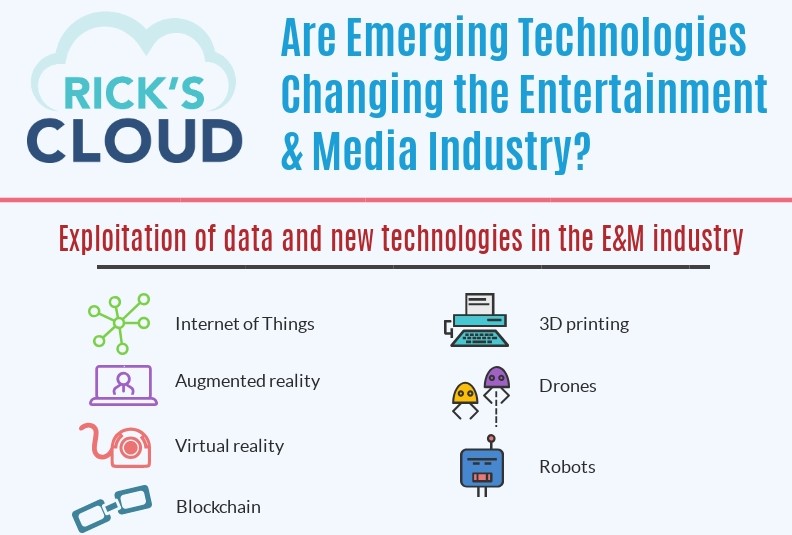
Can Social Media Sabotage your Company’s Cyber Security?
Having an online presence on social media which is also secure is more of a necessity rather than a choice nowadays and with 40% of the global population being active users of social media, the risk of becoming the victim of a cyber attack is higher than ever. We are heavy users of social media networks and because they are so easy to use, we tend to let our guard down when it comes to cybersecurity. All it takes is one mistake, one click on a malicious link posted by a follower or a “friend”, and the door is wide open for hackers, cybercriminals, and identity thieves. Let’s explore the main ways of how social media can sabotage your company’s cybersecurity and best business practices to mitigate such risks.
Where do we draw the line between professional and personal use of social profiles?
Social media, already ingrained in our personal lives also becomes an extension of our business life and embedded into our corporate culture. As many businesses choose to share their expertise through selected employee accounts to have a more approachable image, the line dividing the personal and professional lives can be very blurred sometimes.
Statistics show that nowadays more than 73% of companies have a Facebook business account, 64% are present on LinkedIn and 56% on Twitter. And with the use of mobile devices, employees can now access these business accounts anytime, anywhere, as long as they have an Internet connection.
What are the top 3 social platforms cyber threats that put your company at risk?
This brings us to the most significant cyber risk of them all: the human factor in social media. Research showed that employees can spend more than 3 hours weekly browsing social media sites at work and up to 77% of employees admit to using social media in the workplace, regardless of whether there are policies in place for how this should be used. A careless post or a missent message can be the catalyst for a major data breach. This is extremely worrying, especially if we take into account that 1 in 8 companies have suffered a security breach as a result of a social media-directed cyberattack.
This brings us to the most significant cyber risk of them all: the human factor in social media. Research showed that employees can spend more than 3 hours weekly browsing social media sites at work and up to 77% of employees admit to using social media in the workplace, regardless of whether there are policies in place for how this should be used. A careless post or a missent message can be the catalyst for a major data breach. This is extremely worrying, especially if we take into account that 1 in 8 companies have suffered a security breach as a result of a social media-directed cyberattack.
- Mitigating measures: educate your employees with social media security training and implement social media policies to address the human risk factor.
Phishing attacks are one of the most effective scams on social media. Cybercriminals use the employees’ public information on social media to create personalized phishing campaigns and obtain their sensitive data by convincing them to click on malicious links. As I’ve mentioned before, people are less likely to have their guard up when using social media which makes the cyber attackers’ job so much easier.
- Mitigating measure: employ strong security solutions to protect the company’s business accounts and network from phishing campaigns and malicious URLs.
Last but not least, similar to phishing attacks, cybercriminals can use social media to distribute malware and businesses make no exception from becoming subject to malware attacks. All it takes is for one employee to click on a link that contains malware or accidentally disclose sensitive company information. Research shows that up to 1 in 5 businesses have been infected with malware as a result of direct contact with social media platforms.
- Mitigating measure: keep your operating system and applications patched and up to date, and use security software to detect and block malware.
Do you know how to secure your social media business accounts?
The threats you expose your business to when going live on social media are part of a larger pool of cyber risks: fake news and social media accounts, spam, fake botnets, outdated software, password attacks, unattended accounts, uncontrolled access to social media business accounts and the list goes on. I prepared below a shortlist with 5 best business practices to ensure social media cybersecurity for companies.
- Establish a social media policy that includes social media cybersecurity protocols.
- Train employees on best practices for social media use and other relevant cybersecurity techniques.
- Practice good password hygiene and enable two-factor authentication, in addition to employing strong security solutions.
- Don’t allow any employee to access your social media until they have been trained in social media cybersecurity.
- Engage in “social listening” and monitor social media networks for imposter accounts.
Because of today’s increasing connectivity worldwide, more and more cyber threats are lurking at every corner of the Internet and we need to adopt a collaborative approach to security as a direction for a safer business. What other social media cyber risks have you encountered so far? Share your thoughts in the comments section below!





